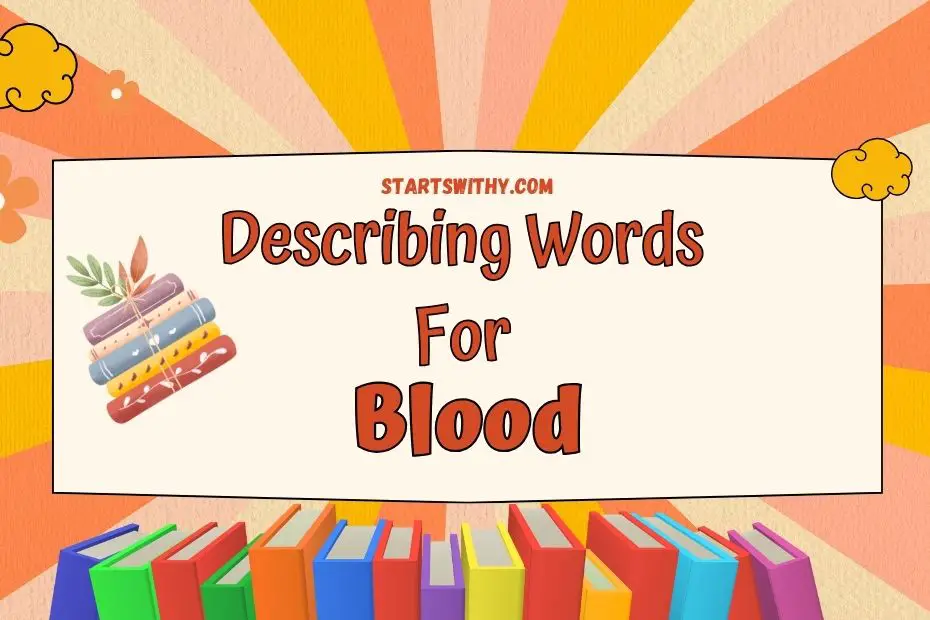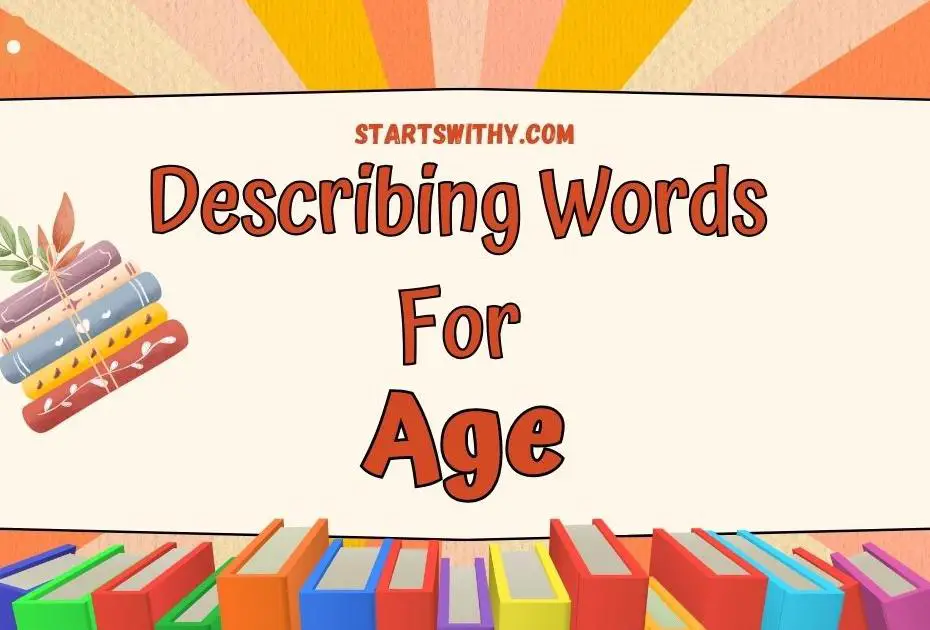Crafting the perfect sentence often hinges on the tiny yet mighty conjunctions that join adjectives. They’re the unsung heroes, seamlessly linking descriptive words to paint a vivid picture with just a few strokes. Whether I’m describing a dish that’s spicy and savory, a book that’s fascinating but dense, or a path that’s short yet steep, conjunctions are my trusty sidekicks.
Understanding when to use “and,” “but,” “or,” or “yet” can be a game-changer in writing. It’s not just about grammar rules; it’s about rhythm, emphasis, and clarity. Let’s dive into the nuances of these connecting words and see how they can elevate our descriptive prowess.
The Power of Conjunctions in Descriptive Writing
When I weave sentences together in descriptive writing, I pay close attention to the conjunctions I choose. These small but mighty words have a significant impact on our language, and as a result, they hold the key to creating relatable and vivid imagery for even the youngest minds.
And often appears when I need to build upon an idea or add similar adjectives. It’s a connector that can highlight the abundance of a situation. Imagine describing a sunlit field; I might say, “The field was bright and golden.” Here, ‘and’ helps combine the qualities of the scene to paint a fuller picture for the reader.
On the flip side, but introduces contrast. It’s perfect for when I want to draw attention to differing qualities within the same sentence. If a character in a story is usually cheerful but has a bad day, I could write, “She’s usually happy, but today she felt sad.” This small word effectively sets two moods against each other, emphasizing the change in emotion.
Using or signals a choice or possibility and invites young readers to imagine different outcomes. For example, when offering a character a choice of treats, I’d say, “Would you like an apple or a banana?” It introduces the concept of selection and preference, encouraging children to think about their own favorites.
Lastly, yet is the conjunction I use when I want to surprise my readers. It introduces an unexpected turn in the narrative. “He’s small yet strong,” tells children that appearances can be deceiving, and that there’s often more than meets the eye.
By mastering the art of using conjunctions, preschool and kindergarten teachers can help little ones learn the beauty of language and the power it holds. The sentences they construct will not just be words strung together; they’ll be tiny gateways to new worlds of discovery and understanding. Each conjunction plays a role in guiding the young reader through the twists and turns of storytelling with clarity and excitement.
Conjunctions for Joining Adjectives: And
When I’m teaching about adjectives and their conjoining buddies, “and” stands out as the quintessential cooperative conjunction. It’s the bread and butter of conjunctions for linking adjectives in a way that’s additive and harmonious.
I find “and” to be incredibly useful when I want to list qualities without prioritizing one over the other. It serves as a glue that bonds adjectives together, illustrating a subject that possesses multiple attributes equally. Here’s a little trick I share with fellow educators: When using “and,” I encourage kids to think of it as a friendly link that combines their favorite things. Think “sweet and sour,” “short and stout,” or “bright and colorful.” Each pair of adjectives feels complete and provides a richer description than a single adjective could on its own.
Practical applications of “and” in assembling adjectives are widespread:
- Describing characters in a story: “The brave and noble knight saved the day.”
- Setting a scene: “The sun was bright and the sky was clear.”
- Explaining a feeling: “I’m excited and nervous about the first day of school.”
These examples help children understand that adjectives, when linked by “and,” should be complementary. However, I caution against overusing this conjunction as it can lead to a cumbersome list of descriptors that might overwhelm young readers. It’s important for teachers to guide students in choosing adjectives that are relevant and enhance the noun they’re describing.
In my lesson plans, I like to incorporate fun activities that involve “and” such as adjective brainstorming sessions or a storytelling game where each student adds an adjective linked with “and” to describe a character or setting. This not only reinforces their understanding of the conjunction but also stimulates their creativity and vocabulary expansion.
To ensure kids really grasp this concept, I’ll often revisit it with different exercises throughout the year. We’ll read books with vivid descriptions, practice with worksheets, and ask questions during reading sessions to prompt them to identify adjectives connected by “and.” Through repetition and real-world application, the use of “and” becomes second nature to them.
Conjunctions for Joining Adjectives: But
In the vast world of conjunctions, “but” plays a crucial role in descriptive writing, especially when joining adjectives. Unlike “and,” which gives a sense of addition, “but” introduces contrast. It’s a powerful tool in my arsenal as an educator, helping me to guide children in understanding the nuances of description.
I often find myself explaining that “but” can be used to reflect an unexpected quality or a contradicting characteristic. I’ll illustrate this with a common example: “The puppy was small but fierce.” Here, “small” and “fierce” are surprising companions because we don’t typically associate the diminutive size of a puppy with a formidable personality.
When teaching young learners, I emphasize that using “but” requires a thoughtful approach. It’s not just about creating contrast for the sake of it but to enrich the description and bring depth to their storytelling. For instance, when a child says, “The sunflower is tall but lonely,” it evokes a more complex image than simply saying “The sunflower is tall.”
So, in class, I’ll propose activities like:
- Drawing two contradicting adjectives from a hat and using “but” to link them in a creative sentence.
- Identifying pairs of opposite adjectives in picture books or classroom posters.
Through these activities, students begin to see how “but” not only contrasts but connects, bringing together ideas that at first glance seem to oppose each other. Over time, they grow more confident in their ability to craft sentences that paint a vivid picture, all while mastering the contrastive power of “but.”
Adopting diverse vocabulary and sentences avoids monotony and engages the kids. My goal is to nurture a love for words and encourage children to delight in the rich tapestry of language. By approaching descriptive writing with a sense of playfulness and exploration, I’m able to guide them in discovering the pleasures of expressing themselves with both accuracy and creativity.
Conjunctions for Joining Adjectives: Or
When teaching preschoolers the art of description, it’s essential to introduce them to the conjunction “or.” This simple word plays a pivotal role in giving kids the freedom to choose between alternatives, making their descriptive abilities richer and their decisions clearer. “Or” implies a choice, often used when two attributes are mutually exclusive. For instance, when guiding children to describe an object that can be blue or red, they’ll understand that they cannot be both simultaneously, which is a fundamental concept at their learning stage.
In the classroom, I incorporate games that involve picking between adjectives joined by “or.” These activities foster decision-making skills and help children grasp the concept of choice within descriptions. They quickly learn that they can apply “or” to nearly any pair of differing adjectives to enhance their language skills. Here’s how “or” can effectively join adjectives in a sentence:
- The ball is big or small.
- That book is long or short.
- Her dress is sparkly or plain.
With each example, children understand that the adjectives present options rather than a combination of traits. I sometimes use visual aids, like flashcards with contrasting adjectives, which reinforces the notion of selection. As children make their choices, they’re not only learning about adjectives but also practicing critical thinking skills.
Incorporating “or” in everyday classroom dialogue becomes a powerful tool for cultivating a child’s ability to express preferences and understand opposites. It’s also a stepping-stone to developing negotiation skills, a bonus that serves them well in various situations. When I observe my students choosing their snack – an apple or a banana – I see the practical application of their newly acquired knowledge.
To systematically instill this knowledge, I’ve devised lesson plans that involve storytelling with choices. As the story progresses, I pause and present options for what might happen next, allowing children to offer descriptive words connected with “or.” This method solidifies the role of “or” in creating vivid, alternative scenarios and outcomes.
Through consistent practice and a multitude of examples, the children I teach become comfortable with describing objects and situations using “or.” They revel in the power to choose and describe, adding a layer of independence to their growing language repertoire.
Conjunctions for Joining Adjectives: Yet
When teaching kindergarteners and preschoolers the nuances of language, “yet” is an often-overlooked conjunction that can bring a subtle but powerful difference to descriptions. Unlike the stark choice “or” presents, “yet” weaves complexity into sentences by joining contrasting adjectives in a way that young minds can grasp with the right approach.
I like to introduce “yet” after children are familiar with “and” and “but” because it takes their understanding of adjectives to the next level. At its core, “yet” suggests a contradiction that’s not absolute. It indicates that despite the presence of one quality, another opposing quality is also true. For instance, you might come across an ice cream that’s sweet yet tangy. The confectionary treat possesses two seemingly opposite flavors, but they exist together harmoniously.
In the classroom, visual aids can be tremendously helpful in illustrating the concept of “yet”. For instance, a sour lemon can also be refreshing – a sour yet refreshing sensation. When children taste it, they can describe the experience with the help of “yet”. These practical experiences help solidify the conjunction’s usage in their minds.
I’ve discovered that storytelling with “yet” leads to some of the most engaging sessions. Imagine a character that’s brave yet fearful – a young dragon who aspires to fly across the ocean but shudders at the thought of leaving home. Through narratives, students see how “yet” allows for layered characters and complex situations.
Here’s what a typical lesson looks like:
- Introduction of contrasting adjectives
- Exploration of “yet” with examples and discussions
- Interactive storytelling where children suggest “yet” phrases
- Creative writing prompts where children use “yet” to describe objects or characters
By incorporating “yet” in daily conversations and reading materials, I guide students beyond binary descriptions and towards a richer, more colorful use of language. It’s rewarding to watch as they start using “yet” independently, clearly proud of the more intricate expressions they’ve mastered.
Enhancing Descriptive Writing with Conjunctions
Mastering the subtle art of conjunctions, especially “yet” when pairing adjectives, can transform your descriptive writing from simple to sophisticated. It’s about adding depth and intrigue to your sentences, making them dance with complexity and color. I’ve shared ways to practice and embed this skill in your repertoire, from visual aids to the power of storytelling. Remember, it’s not just about learning the rules; it’s about making them work for you. By weaving “yet” and other conjunctions into your daily language, you’ll craft descriptions that captivate and resonate with your readers. Let’s embrace the nuance and richness that language has to offer, and watch as our writing takes on new life.



